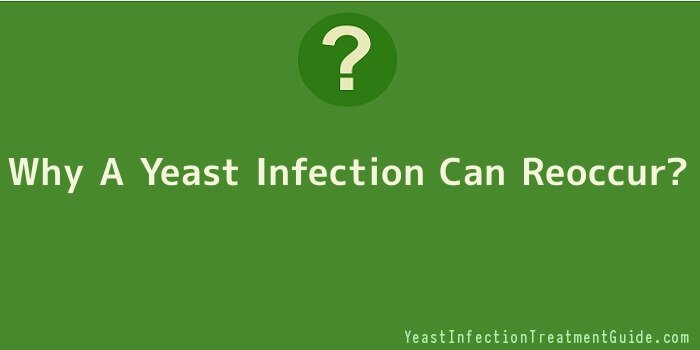
Yeast infections – or medically termed as Candidiasis – is a parasitic infection caused by fungi. There are quite a number of fungi inside our bodies. They are commonly found in the mouth, digestive tract, throat and vagina. Fungi can also be found in hair, beards and dentures. Fungi are quite harmless but at some point, they can cause infection.
Mode of Transmission
Something that is worthy to note here is that a yeast infection is not a form of sexually-transmitted disease. Yeast or fungi love to grow in warm, moist places just like some areas in our body. Yeast infections are not transmissible person to person but with a few exceptions.
Special precaution is needed for mothers who are yeast-infected as infection can be passed on to their babies and the back to the nursing mothers. Moreover, a cut or an open wound can also be a source of yeast infection transmission. This is especially true in public places such as in shower rooms and swimming pools.
Signs and Symptoms of a Yeast Infection
Signs and symptoms of yeast infections are broad and rely upon the body organ infected. For example, a person with a vaginal infection often experiences painful urination, whitish discharge and quite severe itchiness.
When a Yeast Infection Reoccurs
Mankind, but more particularly women, is vulnerable to fungus. Especially when their immune system is low, yeast infections tend to reoccur and they may become more serious. Other than a weak immune system, yeast infections tend to reoccur when the person has high levels of sugar in cases of diabetic person. One another note as to why a yeast infection is likely to come back is because of long-term intake of certain medications like contraceptive pills, antibiotics and steroids.
Diagnosing a Yeast Infection
Due to the broad and complex symptoms of yeast infections, some doctors often wrongly diagnose them. This is the reason why several tests are needed to be done prior to confirming the disease.
Yeast Infection Treatment
There are many methods of treatment for fungal infections. Most of them come in topical preparation forms like creams, gels and lotions. Oral medications are also quite common. Treatment for yeast infections might be effective during the first treatment but the chances for the infection to reoccur are high.
Yeast infection Diet
A yeast infection diet is basically composed of foods that have less sugar, less carbohydrates, non-mouldy and non-yeast contained foods. It is a yeast-free diet. So, anything that is processed, yeast-contained and fermented is considered not part of a yeast infection diet. For some who are diagnosed early on with a yeast infection and choose not to take any form of medication, the yeast infection diet is a common option.
Yeast tends to make individuals crave for more carbohydrates and sugary foods, so the effect of this is the person may start gaining weight. For this reason, you need to learn to control your weight. Remember, that it is normal to feel ill for up to one week after dropping a yeast infection diet.
